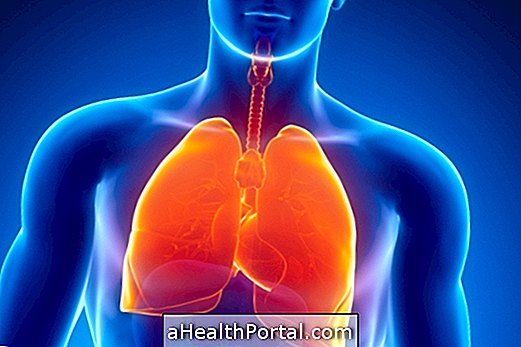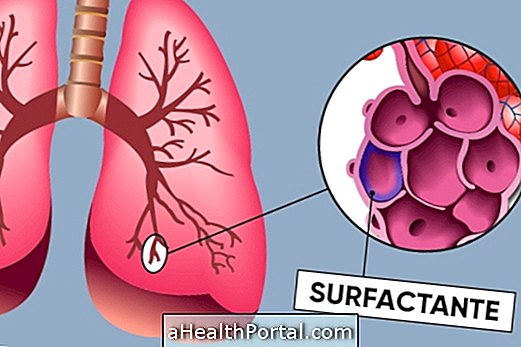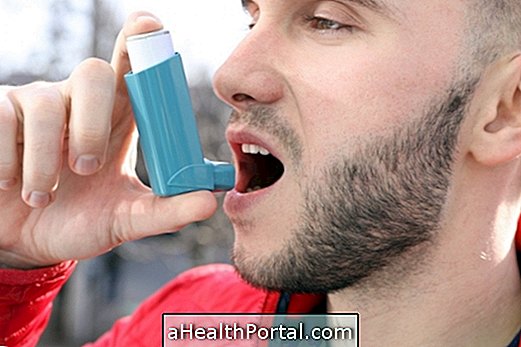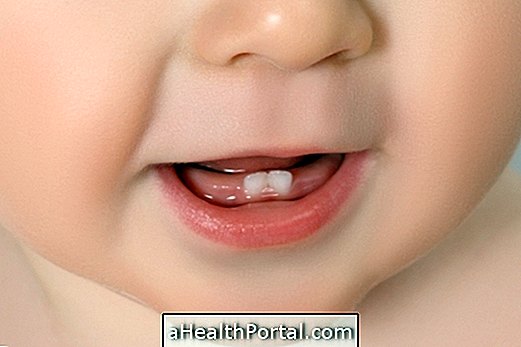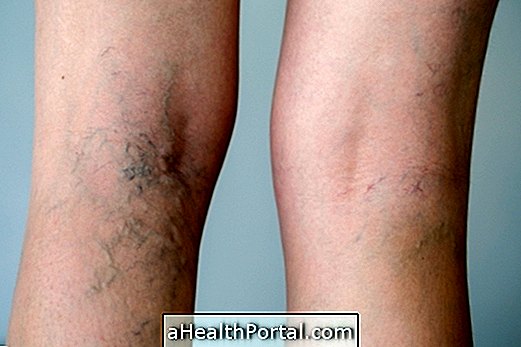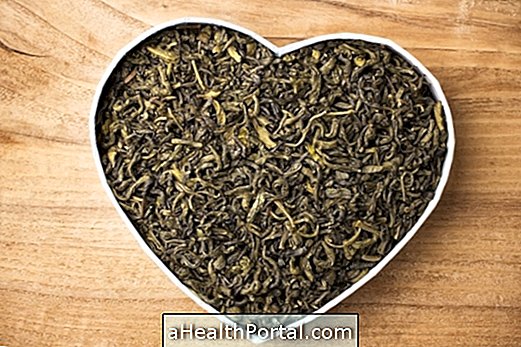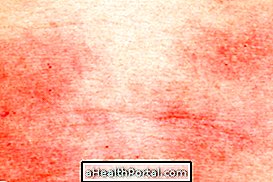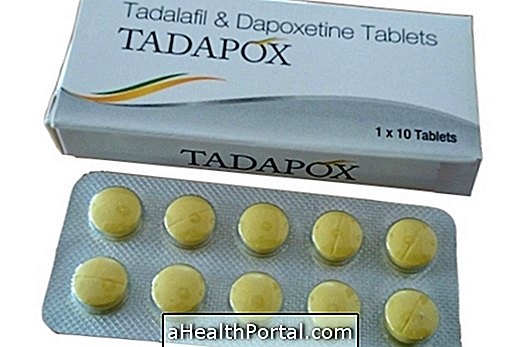Rhinitis is inflammation of the nasal mucosa which generates symptoms such as frequent nosebleeds and there may be sneezing and coughing. It usually happens as a result of allergy to dust, mite or fur, but it can happen as a consequence of the use of nasal decongestants.
The treatment of rhinitis can be done with the ingestion of medications, general measures of hygiene of the environments and immunotherapy.

Main symptoms
Symptoms of rhinitis may be different from one individual to another, but the most common symptom is a runny nose, but the person may also have:
- Reddish, watery eyes;
- Sneezing;
- Persistent dry cough;
- Burning sensation in eyes, nose and mouth;
- Vomiting in case of excessive cough;
- Dark circles;
- Sore throat;
- Headache;
- Swollen eyes;
- Decreased hearing and smell.
Rhinitis may favor the onset of other diseases, such as otitis and conjunctivitis due to the accumulation of secretions in the airways.
Possible causes
Rhinitis can be caused by allergy to dust, dust mites, peeling of animal skin, tree or flower pollen, pollution or smoke. In addition, it can happen as a consequence of a viral or bacterial infection in the airways.
What is the difference between rhinitis, sinusitis and rhinosinusitis?
Rhinitis is inflammation of the nasal mucosa, which usually occurs in allergy, and manifests with frequent sneezing, runny nose, watery eyes and a burning sensation in the eyes, nose and mouth. Sinusitis is inflammation of the sinuses and is more associated with bacterial infections. In addition the most characteristic symptoms of sinusitis are pain and feeling of heaviness in the head, usually due to the accumulation of secretions. Rhinosinusitis is inflammation of the nasal mucosa and nasal sinuses and has the same symptoms as sinusitis. Learn more about identifying and treating sinusitis.

Types of rhinitis
Rhinitis can be classified according to the cause of the symptoms in:
1. Allergic rhinitis
Allergic rhinitis is the most common form of rhinitis and its main symptom is the runny nose. The secretion is low and is transparent but constant or frequent and its treatment is to keep the individual away from what he has allergy and in some cases the doctor may indicate the ingestion of an antiallergic remedy, such as Loratadine. However, the individual should not use this drug exaggeratedly to avoid its side effects and avoid liver impairment in the long term and therefore it is very important that the cause of the allergy is discovered so that it is eliminated and the individual do not present the symptoms of rhinitis any more.
If the symptoms of allergic rhinitis remain for more than 3 months, it can be said that allergic rhinitis has evolved into chronic rhinitis. Learn about the symptoms and treatment for chronic rhinitis.
2. Vasomotor rhinitis
Vasomotor rhinitis is inflammation of the nasal mucosa caused by changes in one's own nose, not caused by allergy. In it, the individual has a runny nose, but the allergy tests are always negative. In this case, excess nasal secretion is caused by excessive dilatation of the blood and lymph vessels present in the inner part of the nose and sometimes your best treatment is surgery. See what vasomotor rhinitis is and how to treat it.
3. Drug rhinitis
It happens when the person self-medicates, that is, decides to use medicines without the proper medical guidance. This is the case of nasal decongestant, which is used by many people but can cause irritation to the nasal mucosa when it is used frequently.
Diagnosis of rhinitis
For the diagnosis of rhinitis it is suggested that the individual go to a medical examination and, after observing the symptoms of the disease, the doctor can request a blood test to check if the amount of IgE is high and an allergy test to be able to identify to which the individual is allergic.
This diagnosis can be made from the age of 5, because before this age group the results may be incorrect and, therefore, if it is suspected that the child suffers from allergic rhinitis what one should do is try to identify the one that it is allergic and therefore it is recommended that parents keep the house clean, free from dust, use hypoallergenic laundry detergent and fabric softener, and the child's own bedding and clothing should be made of cotton. In the bedroom you should avoid stuffed animals, carpets and curtains.
Treatment for rhinitis
The treatment for rhinitis will depend on what caused the disease. If it is caused by an allergy, what can be done is to keep the individual from allergy, to keep the nose always very clean with nasal washes, and on the most critical days to use an allergy medicine. Learn how to perform nasal washing correctly.
Another form of treatment for rhinitis is the allergy vaccine that the person possesses, which is called desensitizing immunotherapy, but this is only recommended when the medicines have no effect. Usually, the doctor indicates the use of some medicines, such as corticosteroids and antihistamines, such as fenergan, sinutab, claritin and adnax. There are also some home remedies that can be used to treat rhinitis. Find out how home treatment for rhinitis is done.
